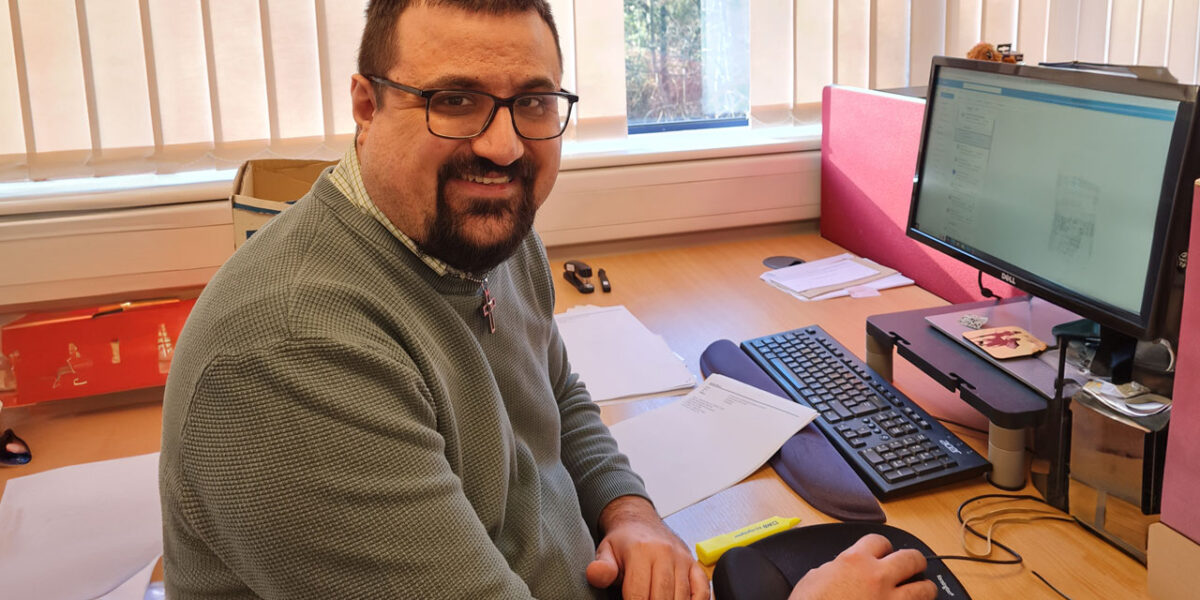The role of training and development programmes in staff attraction and retention

The UK is currently experiencing one of the tightest labour markets ever with the unemployment rate sitting at 3,6% in the three months to September – the lowest since 1974. In this context, it’s important to ensure businesses stand out from the competition and develop strategies to attract and retain top talent.
That includes re-assessing every aspect of the employee experience. One element which may get overlooked as an employee attraction and retention tool is training and development. However, it’s a crucial asset in creating a positive and appealing workplace.
According to recent research by leading recruitment firm, Reed.co.uk, ‘enhanced career progression and training’ has become the third most important motivator for changing jobs – after a salary increase and better work-from-home opportunities.
The role of training and development programmes in staff attraction and retention
Training and development programmes are a great way for a business to show it cares about and is invested in its employees. Making employees feel like they’re being valued is a crucial way to boost engagement and motivation.
If employees feel they have the opportunity to develop their careers at a specific employer, they’re likely to feel a strong connection which could in turn promote more loyalty.
And of course, training employees will also help to create a better and more informed workforce, boosting productivity and performance.
Creating a robust training and development programme
There’s no one-size-fits-all approach to creating a training and development programme, as it depends on a number of factors such as the industry you operate in and the size of the business. However, there are some useful general rules of thumb to maximising the benefits of your training and development programme.
Firstly, the array of training opportunities should appeal to a broad range of interests and passions and should support a range of personal and business development objectives. It’s also important that the training opportunities are available for all levels of the business. No matter how senior you are, there is always room to improve and grow in your role, especially as new technologies and methods continue to evolve industries.
Businesses should also consider exploring training from both in-house experts and also investing in external trainers to run courses.
Bringing an external expert in is a great way to share specialised knowledge while asking in-house specialists to share their expertise helps others to better understand company processes and share information. It can also be a positive tool for helping staff integration and consistency of work.
At The PHA Group, for example, we ran 101 training sessions in the last year, 21 of which were led by external trainers – including presentation and people management skills training and six ‘meet the media’ sessions where journalists were invited to share insights into their daily lives and pitching preferences, a useful overview for a PR agency!
But we also had a significant number of internally run training sessions including training in strategy, writing, time management, financial planning, media relations and much more.
As well as offering training to improve individuals on sector-specific skills, including training sessions that help to develop core personal skills are also highly valuable – and valued by employees. Our dedicated culture teams regularly arrange training to educate and support employees in a number of areas, including Wellness, ED&I and CSR. Recent training sessions have focused on mental wellbeing, Suicide prevention, allyship with the LGBTQ+ community and mindfulness.
Refinement
Once you’ve identified how you want to run your training and development programme, businesses can’t simply sit back and admire their work. You should always be looking at ways to improve and offer new learning opportunities.
Clearly defining a strategy is a great start and establishing robust measurement for training can support this process. Also creating a process to measure engagement with the programme and receive honest feedback through an anonymised survey among employees, is a great way to refine your training and development programme.
Once you have all those steps in place, you can start to build and constantly improve your offering and contribute to staff retention and attraction objectives.
By Shelley Frosdick, Group Managing Director, The PHA Group











Responses